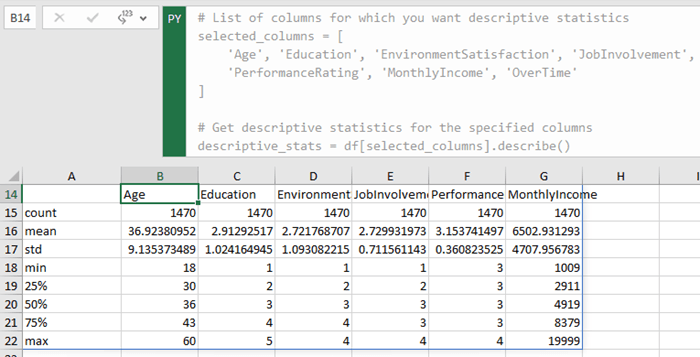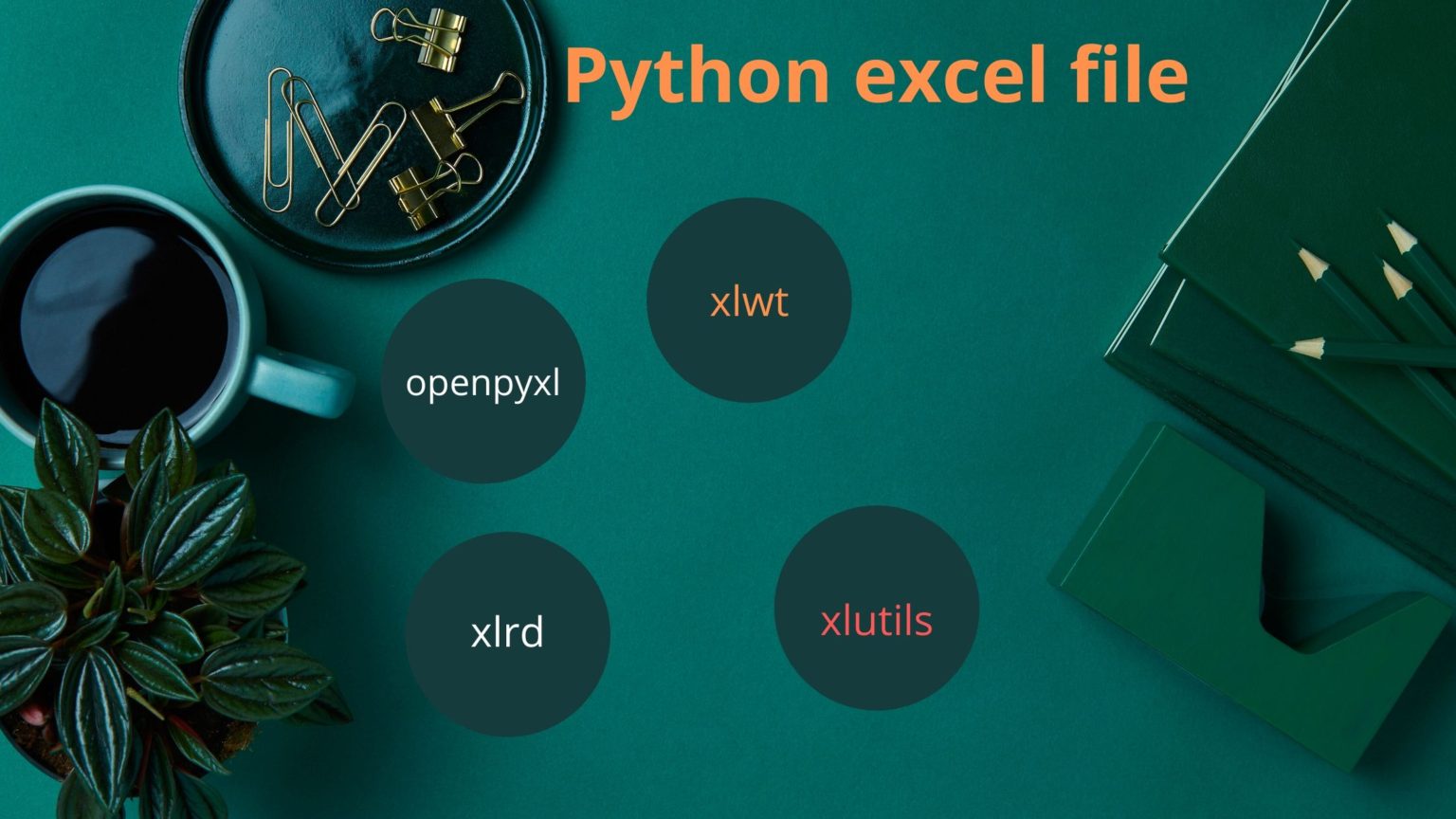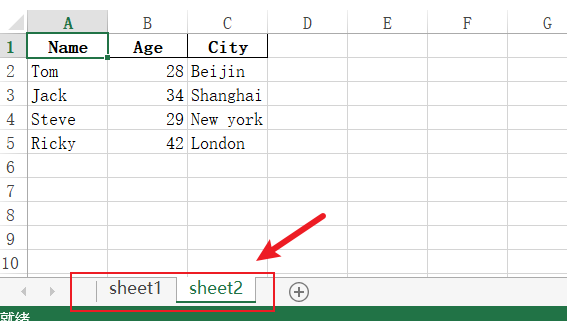Python's Guide to Reading Excel Sheets Easily

Python has become an indispensable tool for data analysts, developers, and researchers who need to process, manipulate, and analyze data efficiently. With a growing reliance on spreadsheets for various data storage and presentation needs, the ability to interact with Excel files seamlessly within Python opens up a myriad of possibilities. This guide will take you through an extensive tutorial on reading Excel sheets in Python, ensuring you understand every step with clarity.
Why Read Excel Files in Python?

Excel files are ubiquitous in data-centric industries, offering a straightforward way to capture, organize, and present data. Here’s why Python’s proficiency in handling Excel files matters:
- Efficiency: Automating repetitive tasks with Python can significantly speed up your workflow.
- Accuracy: Manual data entry or extraction can lead to errors; Python helps mitigate these risks.
- Integration: Python’s libraries enable you to incorporate Excel data into larger data pipelines seamlessly.
- Flexibility: Python offers tools for handling complex data operations that go beyond Excel’s built-in functions.
Setting Up Your Python Environment

Before diving into the code, you’ll need to set up your Python environment to work with Excel files:
- Install Python if you haven’t already. Versions 3.7+ are recommended for the latest libraries and features.
- Ensure pip, Python’s package installer, is installed and up to date.
Required Libraries

To read Excel files in Python, the following libraries are crucial:
- openpyxl: For interacting with .xlsx files.
- pandas: An extension of openpyxl, offering data manipulation capabilities.
To install these:
pip install openpyxl pandas
💡 Note: Always ensure you're in a virtual environment when installing packages to avoid conflicts with system-wide packages.
Reading an Excel File with Python

Let’s explore how to read and extract data from an Excel file:
Step 1: Import the Necessary Libraries

import pandas as pd
Step 2: Load the Excel File

df = pd.read_excel(‘path/to/your/excel/file.xlsx’)
Here, 'path/to/your/excel/file.xlsx' should be replaced with the actual path to your Excel file.
Step 3: Explore the Data

After loading the file, you can examine various aspects of the data:
- Check the first few rows:
print(df.head()) - View column names:
print(df.columns) - Get data types of columns:
print(df.dtypes) - Summarize descriptive statistics:
print(df.describe())
Step 4: Handling Specific Sheets

If your Excel file has multiple sheets, you can specify which sheet to read:
df = pd.read_excel(‘path/to/file.xlsx’, sheet_name=‘Sheet1’)
📌 Note: If you don't specify a sheet name, pandas will read the first sheet by default.
Step 5: Customizing Your Read

Pandas offers numerous parameters to customize the reading process:
- Specify which columns to import:
df = pd.read_excel(‘file.xlsx’, usecols=[‘ColumnA’, ‘ColumnC’]) - Set a column as the index:
df = pd.read_excel(‘file.xlsx’, index_col=0) - Choose a date parser for specific columns:
df = pd.read_excel(‘file.xlsx’, parse_dates=[‘Date’])
Advanced Techniques for Reading Excel Files

Here are some advanced ways to manipulate and read Excel files:
Filtering Data

filtered_df = df[df[‘Column_Name’] > 100]
Working with Large Files

For large Excel files, reading them in chunks can help manage memory:
chunks = pd.read_excel(‘file.xlsx’, chunksize=1000)
for chunk in chunks:
# Process each chunk as needed
Combining Multiple Sheets

You can read multiple sheets into a single DataFrame:
excel_sheets = pd.read_excel(‘file.xlsx’, sheet_name=None)
combined_df = pd.concat(excel_sheets.values(), ignore_index=True)
🔎 Note: When combining sheets, ensure data structure consistency to prevent errors or misinterpretations.
Handling Excel File Issues

Reading Excel files isn’t always straightforward; here are some common issues:
- Encoding: If you encounter issues with non-ASCII characters, you might need to specify the encoding:
df = pd.read_excel(‘file.xlsx’, encoding=‘utf-8’)
parse_dates can help standardize them.🛠️ Note: If you face errors reading files, make sure to check the Excel file's integrity. Sometimes, manual data cleansing in Excel might be required.
Real-World Applications

Here are some scenarios where reading Excel in Python is particularly useful:
- Data Entry Automation
- Database Synchronization
- Data Visualization
- Report Generation
- Data Cleaning and Pre-processing
Mastering Python for Excel operations can save hours of manual work and enhance your data workflow significantly.
Can I read password-protected Excel files in Python?

+
Yes, libraries like openpyxl support password-protected files. You'll need to provide the password during the file read operation.
How can I handle merged cells when reading an Excel file?
+Pandas might not handle merged cells directly. You'd typically have to manually expand these cells in Excel or use libraries like xlrd or openpyxl to process these cells before loading the data into pandas.
Is there a way to skip blank rows when reading an Excel file?
+You can use the 'skip_blank_lines=True' parameter in pandas to skip blank rows. This might not work for all cases, especially if cells contain formulas or formatting.
How do I deal with Excel files containing both numerical and textual data in the same column?
+Pandas often converts mixed data types into object dtype. After loading, you can use type conversion methods or regular expressions to parse and handle these data types appropriately.
Can I write data back to an Excel file after reading and processing it?
+Yes, pandas can write data back to Excel files. Use the to_excel() method:
df.to_excel('output.xlsx', index=False)
Having traversed through the intricacies of reading Excel files in Python, you’ve gained the tools to enhance your data handling capabilities significantly. From basic to advanced techniques, this guide has shown how Python can make Excel operations more efficient and less error-prone. By automating data reading, filtering, and processing, you can focus more on analyzing the data rather than getting bogged down by manual spreadsheet manipulations. Whether it’s for personal productivity or business analytics, these skills will undoubtedly amplify your proficiency with data in Python, making you more agile in your data-related tasks.